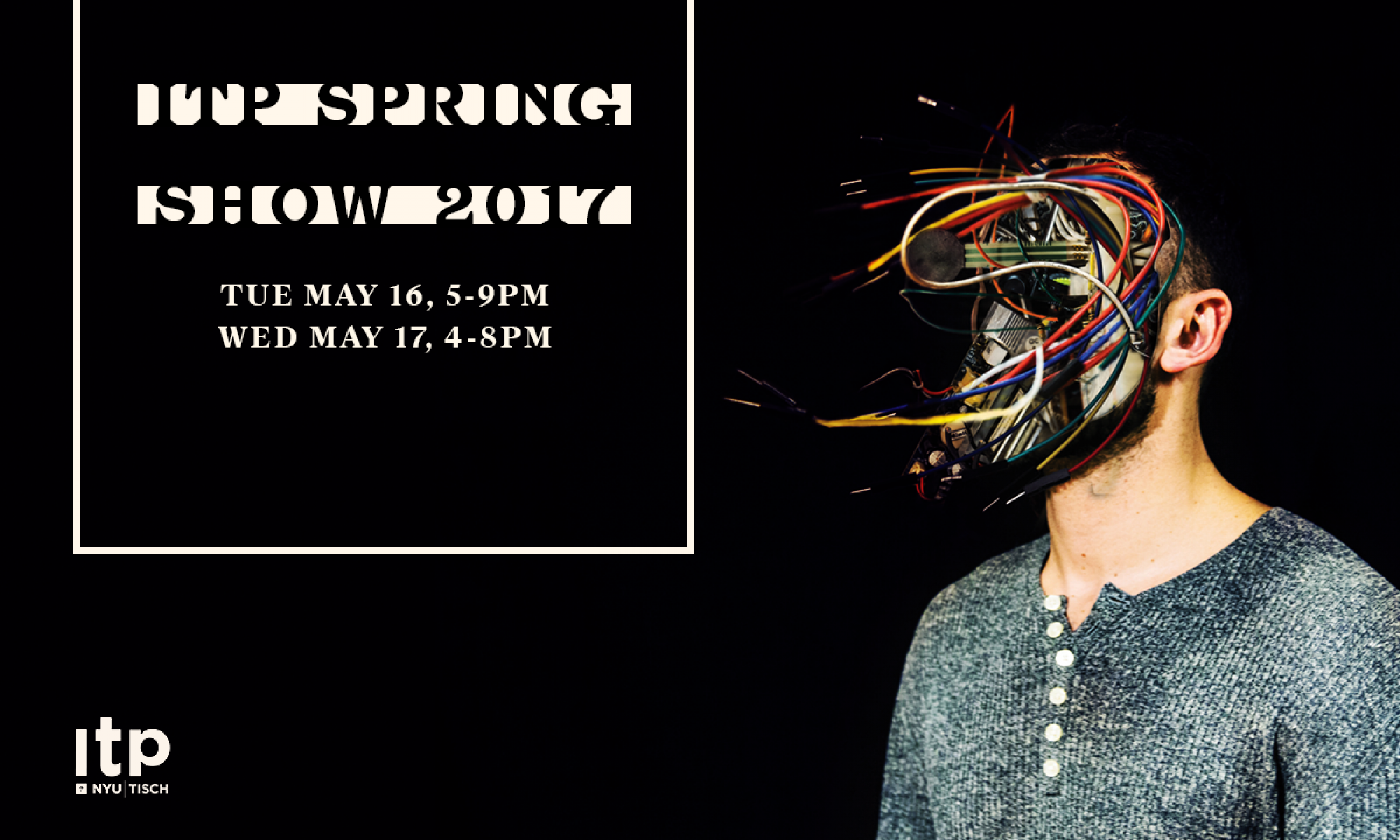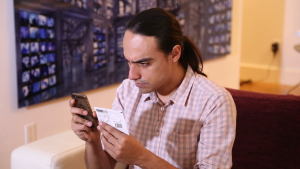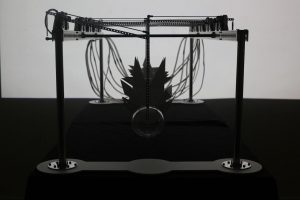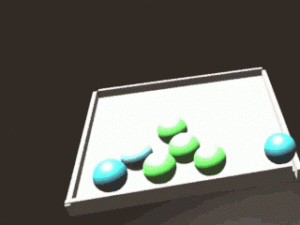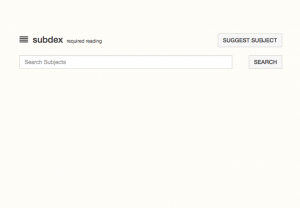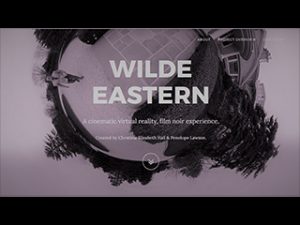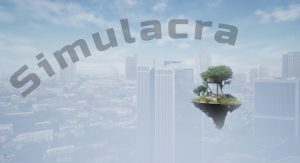Fengyi Franklin Zhu
This project is an attempt to use technology to reinterpret the traditional dragon dance practice in the form of a kinetic sculpture.<br />
fengyizhu.com
Description
From the calculator to the computer, mobile devices to the Internet, advances in technology are creating monumental changes in our lives and in turn in the way religion is practiced. In many ways, our dependence on technology is beginning to replace the need for traditional religion and the practice of going to traditional houses of worship.
For my thesis project, I wanted to explore this phenomenon. I selected the dragon dance as the form of traditional worship to work with because I am familiar with it through my personal cultural background. The dragon dance is traditionally performed in a serious manner, like a ritual in which people worship the dragon for its fictional power over the sea and the sky. By making the dragon dance, worshippers symbolically wish that the dragon will protect them from drought and bless them with sufficient water for their crops. Today, we still perform the dragon dance, but more for the purpose of celebration. Now we count on technology and machines to save us from drought and bring us rain. This transformation intrigues me. It seems as though we are losing the dragon.
“A Ritual that Lasts Forever” is a metaphor in the form of a kinetic dragon sculpture, with allegorical power to tell the story of humanity’s relationship with traditional religious worship and technology, a story of the now and a prediction of the future. The piece features 11 robotic arms that control 10 segments of a long, acrylic dragon suspended below them, as well as a ball that the dragon is chasing. With a customized algorithm, the team of 11 robotic arms move the dragon form suspended below to perform the dragon dance endlessly. In this way, the dragon is back again, aided by the very thing that has been taking the dragon away.
Yesterday’s people would have a hard time understanding today’s narrative, and likewise, we will find it difficult to construe the narratives of the future. As time moves on, traditional practices are replaced by those more modern. This is because technology, as an integral part of our knowledge, is continuously changing and correspondingly accelerating the changes within us. It is an endless interplay of entanglement and containment between humans and their technology: they both take advantage of each other and progress with each other.
Classes
Thesis
